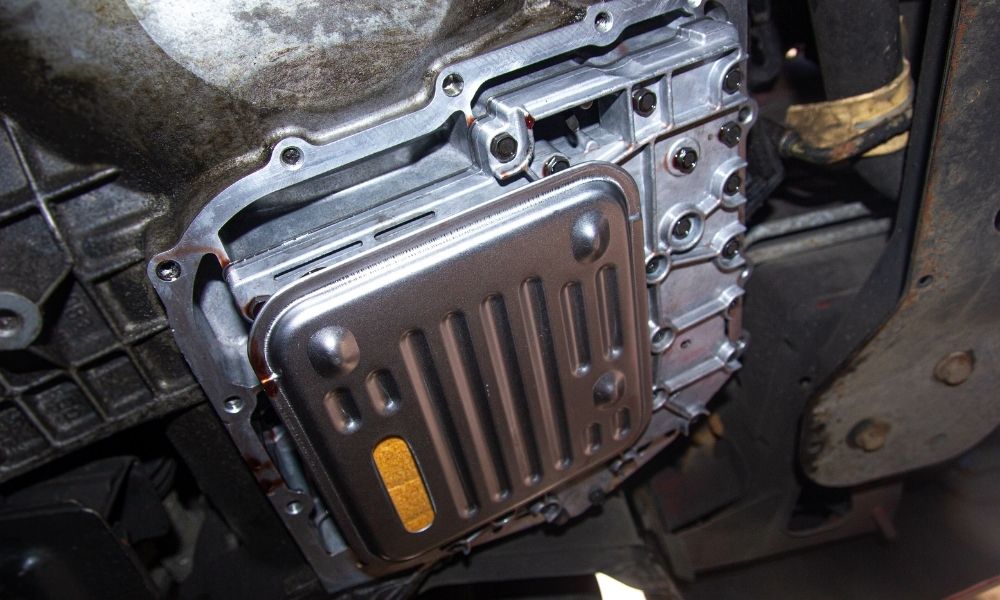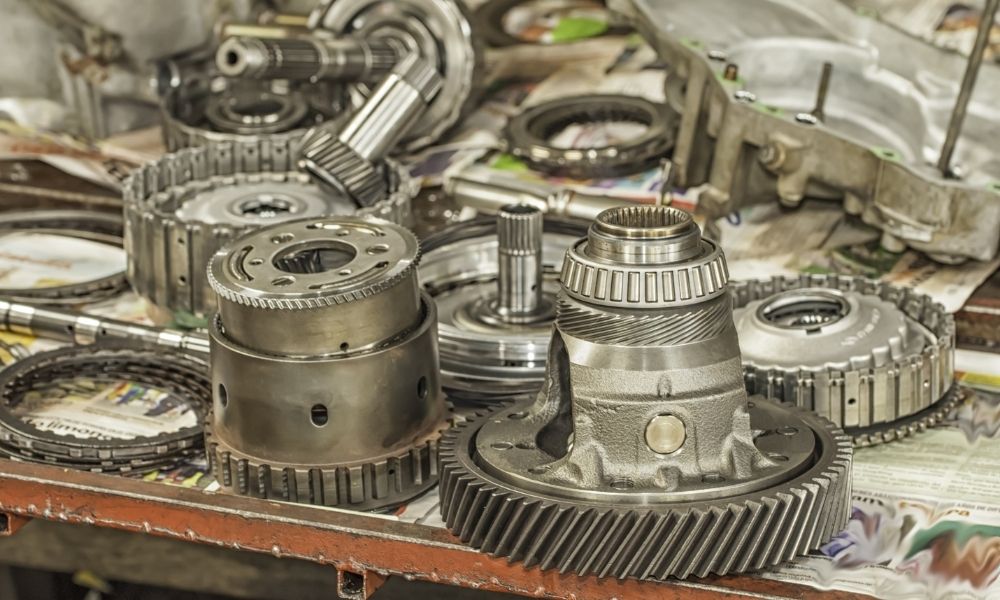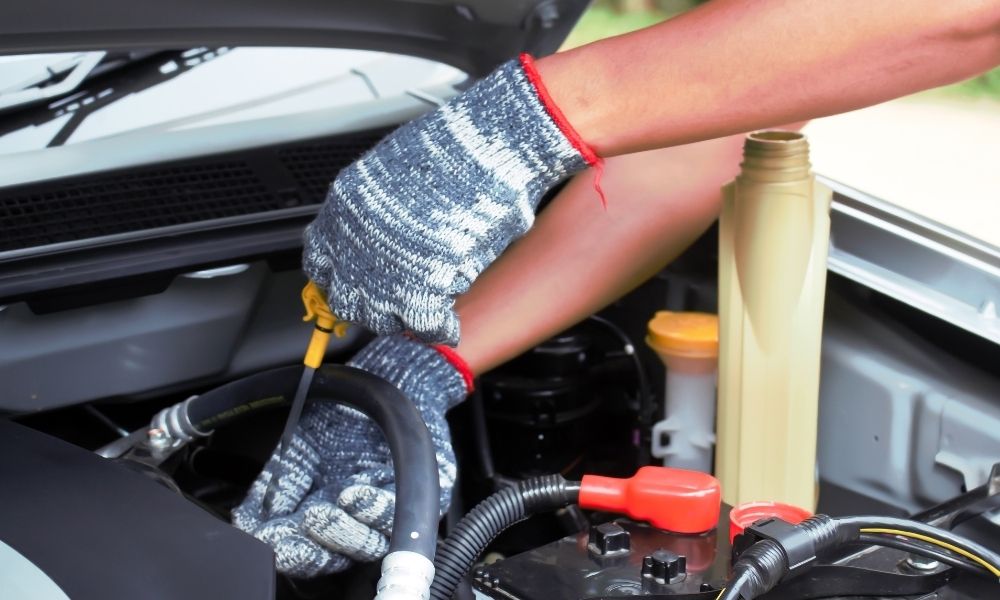Signs of a Clogged Transmission Filter (and How To Fix It)
One of the most common causes of transmission problems is also one of the easiest to avoid: a clogged transmission filter. To resolve this issue, all you need to do is clean or replace the dirty filter, and you’re good to go. Unfortunately, many people forget to complete this essential maintenance task, which can have a variety of negative effects on the lifespan and operation of their transmissions and potentially require drivers to replace their transmission. To prevent this problem from causing substantial damage, keep an eye out for these common signs of a clogged transmission filter and how to fix it.
The Role of a Transmission Filter
A transmission filter removes any dirt, metal particles, or other debris in your vehicle’s transmission fluid. In doing so, it facilitates the smooth flow of fluid throughout the transmission to prevent moving parts from grinding against each other or other operational issues.
Symptoms of a Clogged Transmission Filter
If a transmission filter becomes clogged, you will notice several warning signs. Being aware of these red flags will allow you to resolve the issue as soon as possible to prevent damage from befalling one of the most crucial components of your vehicle. Below, we will list some of the most notable signs of a clogged transmission filter.
Transmission Fluid Leaks
When a transmission filter becomes clogged, the fluid inside of the system won’t flow as smoothly as it should. As a result, several internal components, such as seals, gaskets, and bearings, may experience premature wear and tear or become loose. In such cases, transmission fluid may begin to leak out of the system. If you notice even a small fluid leak coming from your vehicle, you should immediately look for the source of the issue to prevent serious transmission issues from developing.




